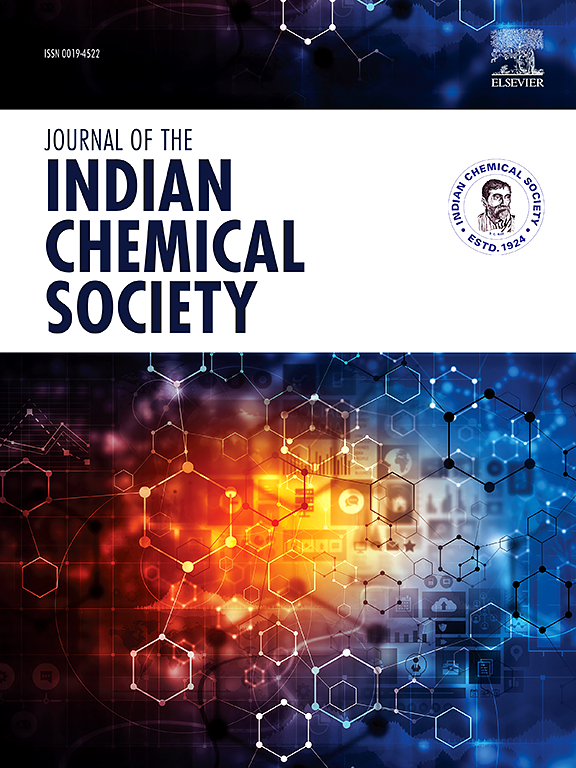Machine learning models for prediction of CO2 adsorption capacity of metal-organic frameworks
IF 3.2
4区 化学
Q2 CHEMISTRY, MULTIDISCIPLINARY
引用次数: 0
Abstract
The current study utilizes advanced machine learning (ML) techniques to predict the non-linear adsorption of CO2 by metal-organic frameworks (MOFs). To model the non-linear nature of the CO2 adsorption capacity of the treated and no-addition MOFs, a set of 18 different machine learning and deep learning models were used to see which best fit the dataset. Gathering 1154 data points from the literature on MOF adsorption capacities at various temperatures and pressures, the study focused on developing ML models, including RF, support vector machine (SVM), logistic regression (LR), and MLP. Among these models, Polynomial model exhibited the highest coefficient of determination (R2, 99.9 %) and the lowest root mean squared error (0.04) for test datasets at 298 K. To enhance the interpretability of ML outcomes, the feature analysis by gradient boosting regression and permutation importance plot was used to quantitatively elucidate the influence of intrinsic properties of MOFs on CO2 adsorption capacity, with particular attention to their interdependence. Finally, the study analyzed the synergistic effects of chemical compositions on CO2 adsorption capacity. This investigation aims to inform the design of next-generation high-performance MOFs for carbon capture by extracting new insights from extensive historical data using explainable ML techniques.

预测金属-有机骨架CO2吸附能力的机器学习模型
目前的研究利用先进的机器学习(ML)技术来预测金属有机框架(mof)对二氧化碳的非线性吸附。为了模拟处理后和未添加mof的CO2吸附能力的非线性特性,研究人员使用了18种不同的机器学习和深度学习模型,以确定哪种模型最适合数据集。从文献中收集了不同温度和压力下MOF吸附能力的1154个数据点,研究重点是开发ML模型,包括RF、支持向量机(SVM)、逻辑回归(LR)和MLP。其中,在298 K时,多项式模型的决定系数最高(R2为99.9%),均方根误差最低(0.04)。为了提高ML结果的可解释性,采用梯度增强回归和排列重要性图的特征分析来定量阐明mof的内在性质对CO2吸附能力的影响,并特别注意它们之间的相互依赖性。最后,研究分析了化学成分对CO2吸附能力的协同效应。本研究旨在通过使用可解释的机器学习技术从大量历史数据中提取新的见解,为下一代高性能mof的碳捕获设计提供信息。
本文章由计算机程序翻译,如有差异,请以英文原文为准。
求助全文
约1分钟内获得全文
求助全文
来源期刊
CiteScore
3.50
自引率
7.70%
发文量
492
审稿时长
3-8 weeks
期刊介绍:
The Journal of the Indian Chemical Society publishes original, fundamental, theorical, experimental research work of highest quality in all areas of chemistry, biochemistry, medicinal chemistry, electrochemistry, agrochemistry, chemical engineering and technology, food chemistry, environmental chemistry, etc.

 求助内容:
求助内容: 应助结果提醒方式:
应助结果提醒方式:


